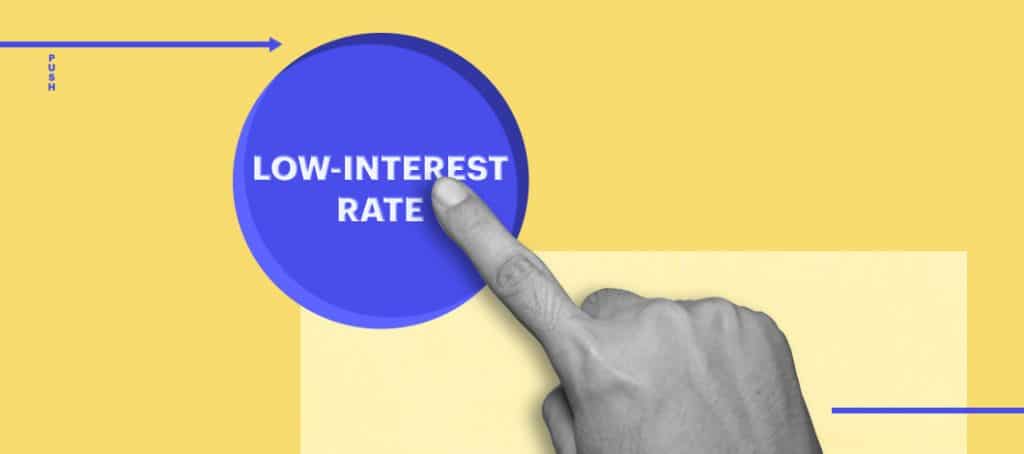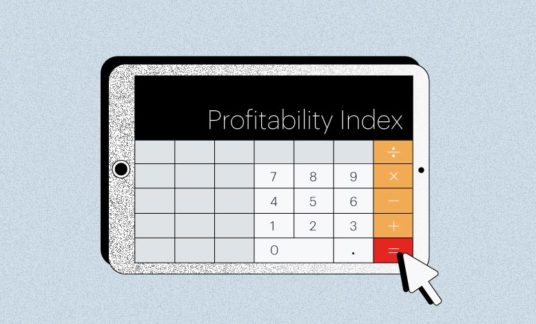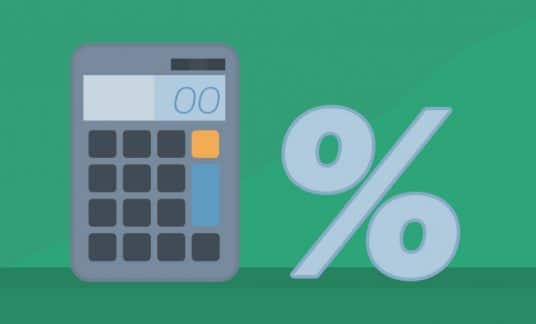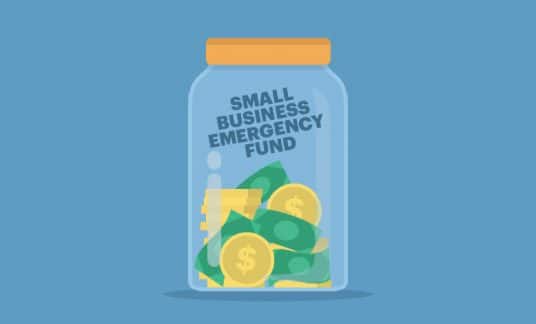When it comes to low-interest businesses loans, what are your options these days?
Until 2020, demand for new business financing in the U.S. held fairly steady. From 2017 to 2019, between 40% and 43% of small businesses applied for loans, according to the Federal Reserve.
In 2020, however, the Small Business Administration (SBA) announced a historic year for small business lending. “In FY20, the Paycheck Protection Program (PPP) provided an additional 5.2 million loans worth more than $525 billion; the Agency’s Economic Injury Disaster Loan (EIDL) Program added another 3.6 million small business loans valued at $191 billion, as well as an additional 5.7 million EIDL Advances worth $20 billion,” the SBA noted in a press release.
Many government-backed programs have run out, but if you are looking for low-interest small business loans, there are more options now than ever before. We’ll help you understand the current environment for low-rate business loans, where to get low-interest business financing and what it takes to qualify.
Why Seek Low-Interest Business Loans?
Lenders make business loans and charge interest in proportion to the risk they take in getting repaid. As with a consumer loan, the better your credit score and your history of handling credit, the better rate you will get.
Moreover, there may be a tradeoff between the interest rate you pay and the speed at which you can receive funding. For example, many online lenders will provide same-day funding. However, you’ll likely pay a much higher interest rate than going through a traditional lender or getting an SBA loan.
What Is the Average Small Business Loan Rate?
Depending on the type of lender and type of loan you apply for, your rates can vary quite a bit. Here are the average annual interest rates for loans through different organizations:
- National and regional banks: 2.58%-7.16%
- SBA loans: 6.24%
- Online or alternative Lenders: 13%-71%
Types of Low-Interest Business Loans
When looking for the lowest rates, SBA loans are your best option if you qualify. SBA loans provide funding up to $5 million and there are several different loan options with repayment terms of up to 25 years.
SBA 7(a) Loans
The most common is an SBA 7(a) loan. Loans up to $25,000 don’t require lenders to hold collateral. Loans above $350,000 require lenders to collateralize the loan up to the loan amount. Current SBA 7(a) loan interest rates range from 5.5% to 8% depending upon the amount borrowed and the loan’s maturity.
SBA Express Loans
SBA offers what it calls express loans. While providing smaller financial guarantees to lenders, Express loans have an accelerated turnaround time for SBA review.
The borrowing cap on SBA Express loans is increased from $350,000 to $1 million until Sept. 30, 2021. The lender guarantee also is increased from 50% to 75%. On Oct. 1, 2021, the maximum loan amount will permanently change to $500,000, and the maximum guarantee will automatically revert to 50% after the Coronavirus Aid, Relief and Economic Security Act expires.
As for interest, the maximum rate is 6.5% plus the prime rate (7.5% as of Dec. 15, 2022) for express loans of $50,000 or less. For loans exceeding $50,000, it is 4.5% plus prime.
SBA 504 Loans
Funding from this loan program offered by Certified Development Companies (CDC) and third-party lenders can be used for the purchase or construction of existing or new buildings, improvements to existing facilities or long-term machinery or equipment. The CDC provides up to 40% of the financing and the third-party lender, such as a bank, provides the remaining percentage.
Generally, the CDC portion of 504 loans are capped at $5 million, according to the SBA. “Certain eligible energy-efficient or manufacturing projects may qualify for more than one 504 loan up to $5.5 million each,” the agency states.
The SBA in November 2021 announced reduced interest rates for the 504 loan program. The 10-, 20- and 25-year interest rates now are 2.231%, 2.364% and 2.399%, respectively.
SBA Microloans
The SBA also offers small business microloans in amounts up to $50,000. According to the SBA, the average microloan is $13,000. Loans can be used for inventory, supplies, working capital, machinery or equipment. The maximum term for repayment is 6 years. Interest rates generally fall between 8% and 13%, according to the SBA.
Do I Qualify for a Low-Interest Business Loan?
Lenders will evaluate your business on several factors when determining whether you qualify for low-interest small business loans. While each lender will have its criteria for lending, you will need to meet the minimum qualifications each lender sets for business credit scores, annual revenue and years in business.
The type of loan you apply for also will play a role in what it takes to qualify. For example, SBA loans will require that you are current on any government loans that you’ve secured previously with no defaults on your credit report. If you’ve been delinquent on a government-backed mortgage or federal student loan, it may disqualify you. Moreover, not all businesses are eligible for SBA loans.
Different lenders will have their own requirements for making loans. Conventional banks and credit unions will likely require more paperwork or requirements for loans. You may need to provide documentation of profit and loss statements, tax returns and bank statements. They may also require collateral before lending money.
What Documentation Is Required for a Small Business Loan?
Banks and other conventional lenders typically require paperwork including:
- Personal and business income tax returns
- Balance sheet and income statements
- Bank statements
- Proof of identity, such as a passport or driver’s license
- Commercial mortgages or leases
- Business license
- Articles of incorporation (if applicable)
- Business plan or financial projections
Small business loans from a bank will typically require a credit score of at least 650 and 2 years in business. If you have not been in business long, they may ask to see a formal business plan or demonstrate that you have relevant business or management experience.
Online lenders often streamline applications and requirements. They typically require less documentation. You may even be able to get a small business loan after being rejected by a conventional bank. Some online lenders will accept credit scores as low as 500.
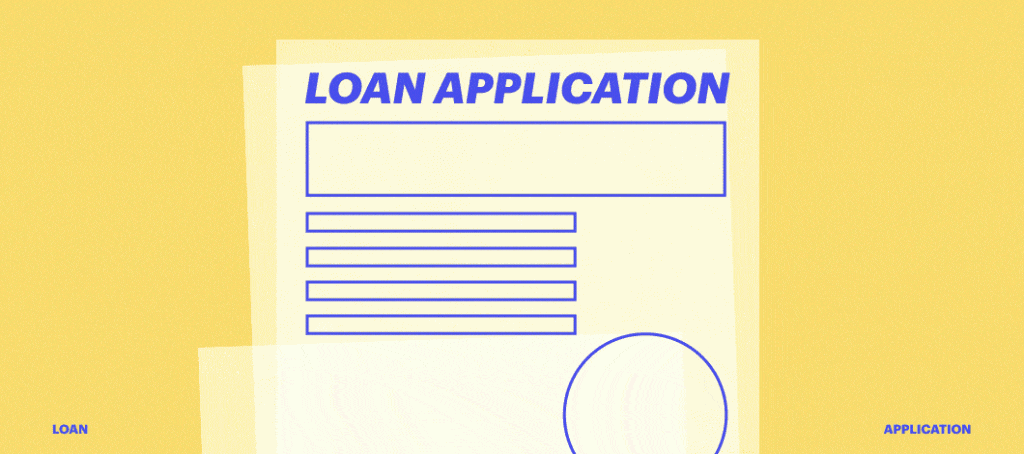
What Is the Easiest Type of Business Loan to Get?
The easiest type of business loan to get will be from an online, alternative lender. With fewer stringent requirements and less documentation needed, you typically can get funded fast. Many alternative lenders offer 24 hour or even same-day financing decisions. In this highly competitive space, you may qualify even with blemishes on your credit report. However, you may also pay a higher interest rate due to increased risk for the lender.
Conventional banks and credit unions issue more business loans than anyone else. Because of the documentation required, they take longer to approve. You’ll need a good credit history and typically a few years in business.
The SBA doesn’t loan money directly. Instead, the federal agency provides a guarantee for lenders. In case of default on an SBA loan, the government will reimburse the lender up to 85% of the loan depending on the program. By reducing risk for the lender, it makes it easier for banks to approve access to capital. SBA loans typically take the longest time, up to several months, to secure.
What Other Types of Loans Are Available?
Other types of business loans are available, including business lines of credit, invoice factoring or financing, microloans and even zero-percent business loans.
Business Line of Credit
Business owners can apply for a small business line of credit that works like a credit card. You don’t accrue interest until you start drawing down the funds, so it can be a way to manage sporadic cash-flow issues or seasonable businesses. Most business lines of credit don’t require collateral but may require a personal guarantee.
You can use a business line of credit for any business expense and access funds as often as you like. It is a revolving account, so you don’t get a lump sum when you initiate a business line of credit, and you’re not obligated to use the credit either. You pay interest based on the amount you charge and the time it takes to repay it.
Invoice Factoring or Financing
With invoice factoring, business owners can sell unpaid invoices to lenders. Business owners receive cash upfront rather than waiting for customers to pay, but lenders charge a percentage of the invoice relative to the risk of collection.
With invoice financing, the invoices are used as collateral. Lenders provide an advance on the amount you are owed, but you still are required to collect the payments and repay the loan with interest. Invoice financing rates wouldn’t be low-interest loans. Average rates can run between 10% and 60%.
Microloans
Microloans are small loans, typically for $50,000 or less. The SBA offers microloans as do many nonprofits and alternative lenders. Depending on your credit situation, you may need to put up collateral.
Some nonprofit microloan lenders will offer 0% small business loans. Kiva, for example, crowdsources loans to help small businesses and doesn’t charge interest. To qualify, however, you need to invite people to contribute to the loan and fund some of it.
Merchant Cash Advances
A merchant cash advance isn’t a loan but a cash advance against the sales of a business. It won’t have a low interest rate either. Small businesses can get merchant cash advances quickly by trading a portion of future sales to get cash immediately but will pay a premium of as much as 40% to 150% in interest rates.
What Other Fees Are Included with Low-Interest Loans?
Interest rates are just one variable in loans, however. When you are comparing business loans, you will want to evaluate additional fees, including:
- Application fees
- Guarantee fees (SBA loans)
- The origination fee for the lender
- Processing fees
- Service fees
- Prepayment penalties
- Closing fees
Different lenders will charge different fees. If you aren’t careful, these fees can add up quickly and make even a low-interest loan less attractive.



